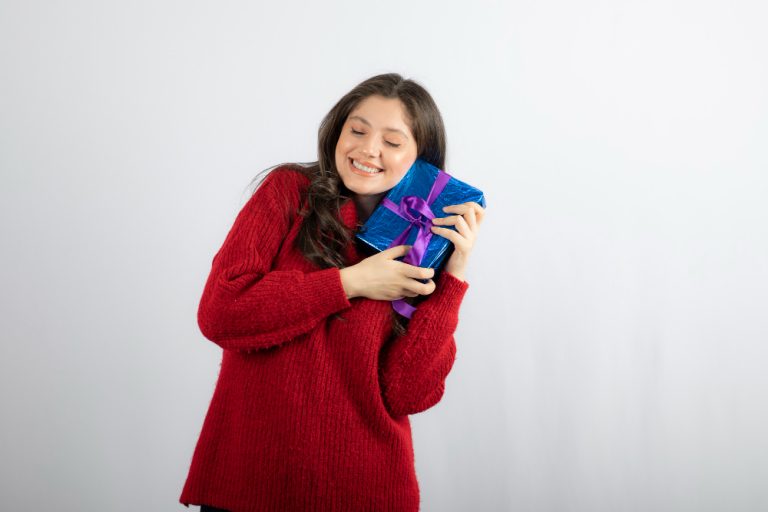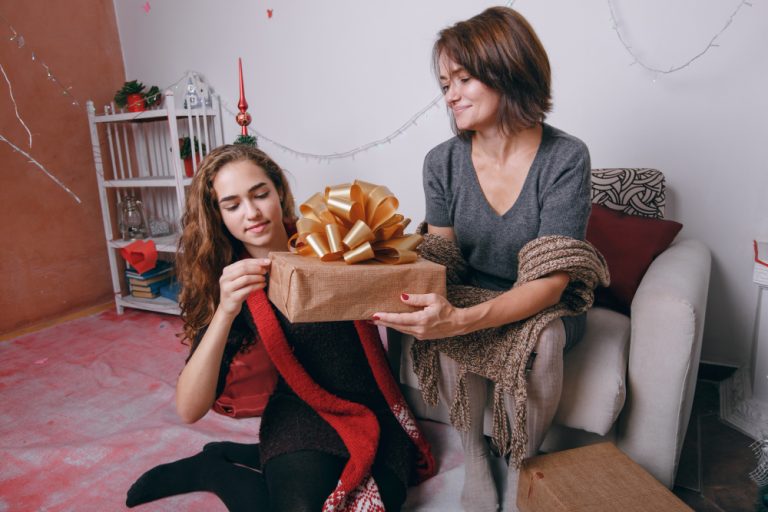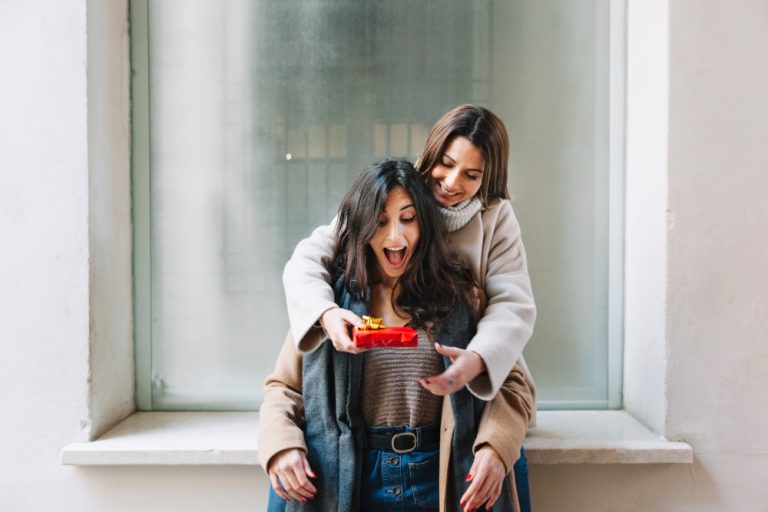10 Perfect and Thoughtful Gift Ideas for Kindergarten Kids
Gifting something special to a kindergarten kid feels magical. Their world is full of colors, curiosity, and endless imagination. A well-picked gift can bring joy, support early learning, and spark creative play.
From toys that teach to crafts that encourage expression, thoughtful gifts help little ones grow while having fun. Simple, playful, and age-appropriate items often bring the biggest smiles. Kids in kindergarten love surprises that match their energy and interests.
Bright colors, soft textures, and interactive features easily capture their attention. Some gifts inspire movement, others build focus or emotional bonding. Parents and teachers appreciate gifts that mix fun with learning.
So, if the goal is to pick something joyful and useful, this list makes it easy. These ten gift ideas are exciting, safe, and perfect for little hands. Each one promises to add a little magic to a child’s day. Let’s explore the best ones.
10 Gift Ideas For Kindergarten Kids
Kindergarten kids love fun, color, and play. Their world is full of imagination. They learn fast and enjoy small surprises. A gift can make their eyes light up. But not all gifts are the same. Some help them learn. Some help them play. Others bring joy to their daily routine.
This list has 10 thoughtful gift ideas. Each one is special. These ideas work for birthdays, holidays, or simple rewards. They are simple, fun, and age-appropriate. No need to spend too much. Kids enjoy things that match their tiny hands and big dreams.
Let’s explore 10 gift ideas that make kindergarten kids smile, laugh, and grow.
1. Colorful Picture Books

Books open new worlds for kids. Bright pictures catch their eyes. Easy words help them learn. Pick books with animals, shapes, or fairy tales. Rhyming words make them giggle.
Some books have textures to touch. Others make sounds. Stories build focus. Pictures grow vocabulary. Kids enjoy flipping pages. They ask questions. They use their imagination.
Try short stories with one sentence per page. Avoid long texts. Look for books made with thick paper. Kids can turn pages without tearing them. A small bookshelf with a few books makes a good gift combo.
2. Building Blocks Set
Blocks are more than toys. They teach balance, shapes, and colors. Kids build towers, houses, and even animals. Some sets have letters or numbers on them. That helps with early learning.
Wooden blocks feel sturdy. Plastic blocks are easy to clean. Magnetic blocks snap together and feel like magic. Choose sets with large pieces.
Small parts are not safe for little ones. Building blocks help with hand strength. They also boost creativity and patience. Watch them build. Then knock it all down and laugh together.
3. Art Supplies Kit

Art helps kids show their feelings. It makes their hands and eyes work together. Give them crayons, markers, watercolor paints, or finger paints.
Add colored paper, glue, stickers, and safety scissors. Use a plastic box to keep everything neat.
Label it with their name. Art kits give hours of quiet fun. They also help kids follow steps and finish tasks. Let them draw anything they like. Talk about their art. It makes them proud and happy.
4. Soft Plush Toys
Soft toys give comfort. They also become friends. Kids often talk to plush toys. They take them to bed, the car, or the park. Some even eat snacks with them.
Choose animals like bears, rabbits, or dinosaurs. Bright colors work best. Make sure the toys are washable. Avoid button eyes or tiny parts. Stick with stitched faces.
Plush toys can be big or small. Some come with names or tiny outfits. Others come with bedtime stories. One soft toy can be a child’s favorite for years.
5. Simple Puzzles

Puzzles are fun and quiet. They also teach shape, size, and problem-solving. Choose puzzles with big pieces and few parts. Wooden puzzles are strong and last longer. Try puzzles with animals, fruits, or cars.
Some puzzles make sounds. Others have pieces with handles. Puzzles help kids see patterns. They learn to match parts and focus on one task.
Sit with them and solve one puzzle together. Let them feel proud of finishing it. Start with 4-6 piece puzzles. Then move to 10-20 pieces as they grow.
6. Musical Instruments for Kids
Music makes kids move. It makes them laugh. It also helps with rhythm and memory. Try small drums, tambourines, maracas, or xylophones. Let them explore sounds.
Some sets come with many pieces in one box. Instruments help with hand control. They also teach cause and effect. Let them create their own music.
Sing with them. Dance with them. Music brings joy. It also helps in early brain growth. Avoid loud toys that hurt the ears. Pick instruments made for small hands.
7. Pretend Play Sets

Pretend play is fun. It helps kids act like adults. Try doctor kits, kitchen sets, toolboxes, or dress-up clothes. These sets make kids feel grown up. They copy what they see at home.
Doctor kits come with toy stethoscopes, thermometers, and band-aids. Kitchen sets come with plastic food, plates, and spoons. Toolboxes have tiny hammers and screwdrivers.
Kids enjoy serving meals, fixing toys, or checking your heartbeat. Pretend play builds speaking skills. It also teaches empathy. Mix two small sets to make playtime longer.
8. Educational Board Games
Board games teach sharing, turn-taking, and patience. Some games use colors, animals, or letters. Others help with numbers or shapes. Pick games with simple rules.
Two to four players are best for this age. Avoid long games. Try matching cards, color dice games, or short path games. Games like “Candy Land” or “Snail’s Pace Race” are great examples.
Kids laugh, learn, and bond during game time. Store all pieces in a zip bag. That keeps the set neat and ready for next time.
9. Activity Workbooks

Workbooks help with writing, counting, and matching. They are perfect for quiet time. Find books with tracing lines, number puzzles, or simple mazes. Use bright colors and big fonts.
Add a box of pencils or markers to go with it. Kids enjoy tracing letters, circling pictures, or solving tiny puzzles.
Stickers make it more fun. Pick one skill per book. For example, letters in one book, numbers in another. That keeps it simple. Let them do one page a day. Praise their effort, not just the result.
10. Outdoor Play Toys
Outdoor play helps kids stay active. It builds strong bodies and happy minds. Gift items like jump ropes, bubble wands, beach toys, or small balls. Some enjoy gardening kits with tiny tools.
Balance bikes or scooters are good for larger gifts. Sidewalk chalk is also a fun option. Kids love to draw outside.
Rain washes it clean. Outdoor toys bring sunshine and smiles. They also help kids enjoy nature. Pick toys that are safe and easy to carry. Avoid heavy or sharp pieces.
FAQs
What is a good budget for gifts for kindergarten kids?
A simple gift between $5 to $25 works well. Kids enjoy the idea of the gift more than the price.
How can I pick the right toy for a 5-year-old?
Think about their interests. Some like art. Others like building or music. Pick gifts that match their favorite activity.
Are learning toys better than fun toys?
A mix of both works best. Fun toys help with joy. Learning toys help with skills. Some toys offer both at the same time.
Do kindergarten kids like group play toys?
Yes. Games they can play with parents or friends help with social growth.
Is it okay to gift the same toy again?
If the child loves it and uses it often, gifting another version or a bigger set is a great idea.
Conclusion
Kindergarten kids learn every day. Their minds grow fast. A thoughtful gift can support their world of play, art, and imagination. This list of 10 gift ideas covers different types of fun books, toys, games, music, and art.
Each one supports a child’s joy and growth. None are too complex. All are safe, simple, and easy to use. Next time you need a gift for a little one, pick one from this list. Watch them smile. Watch them learn. Watch them play.







